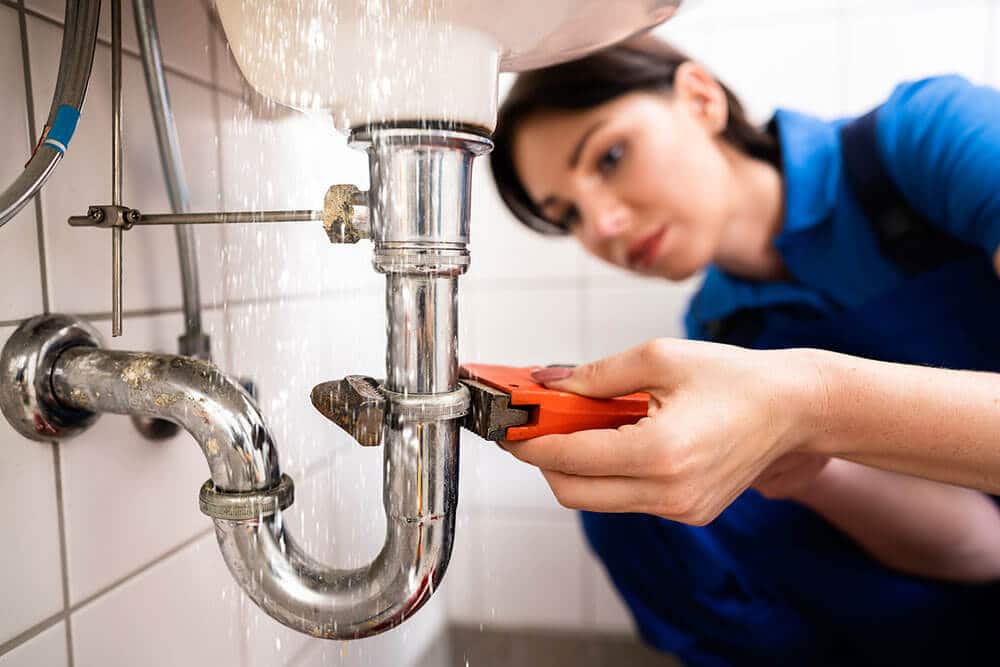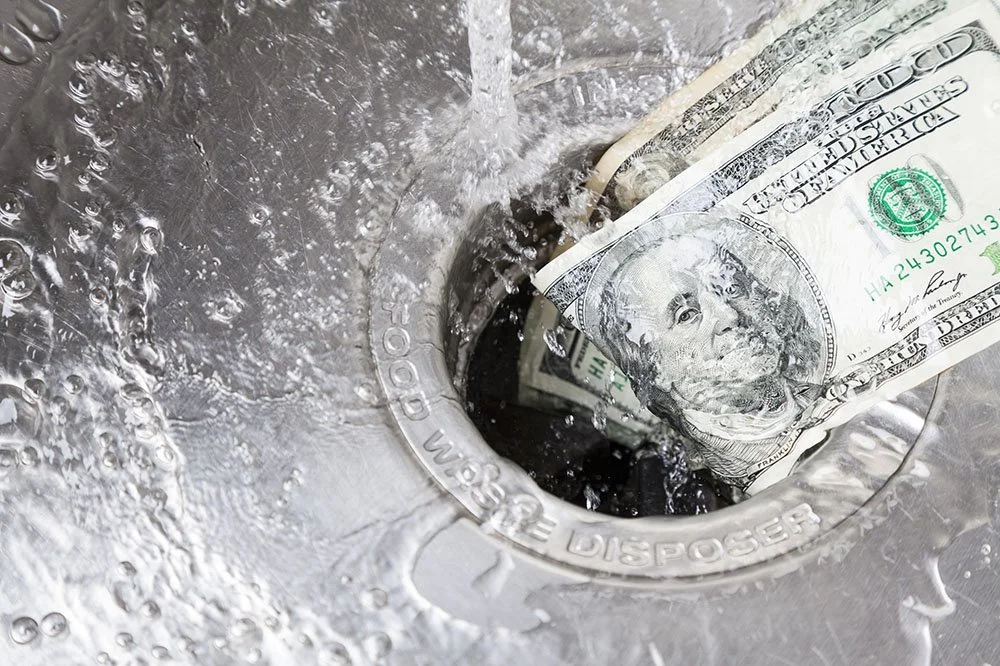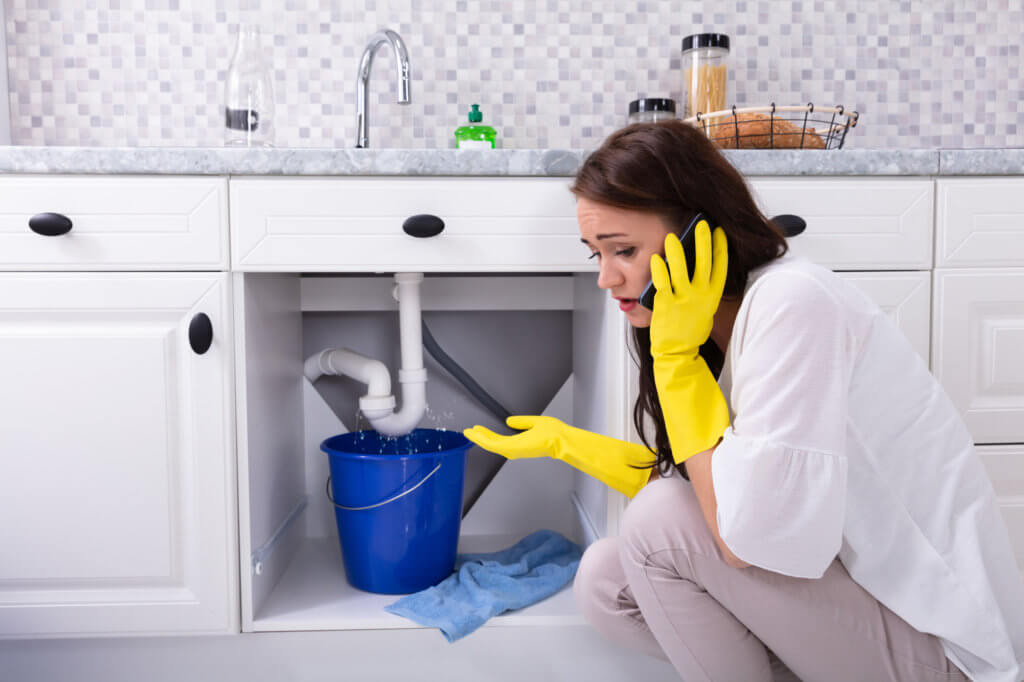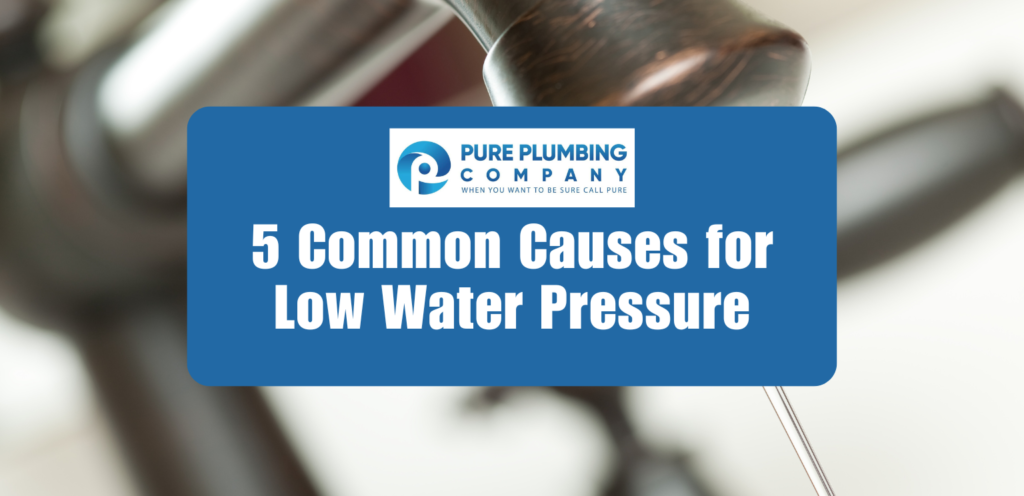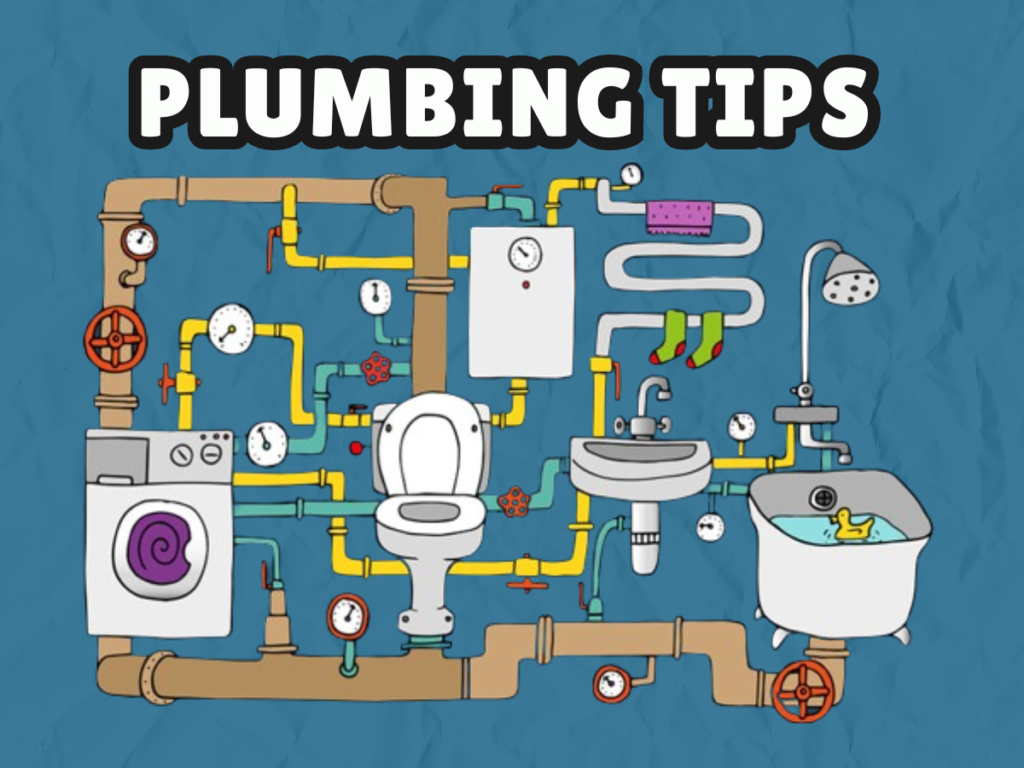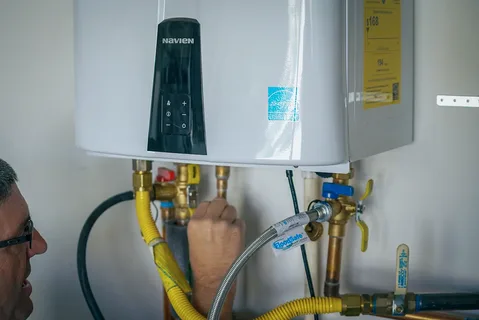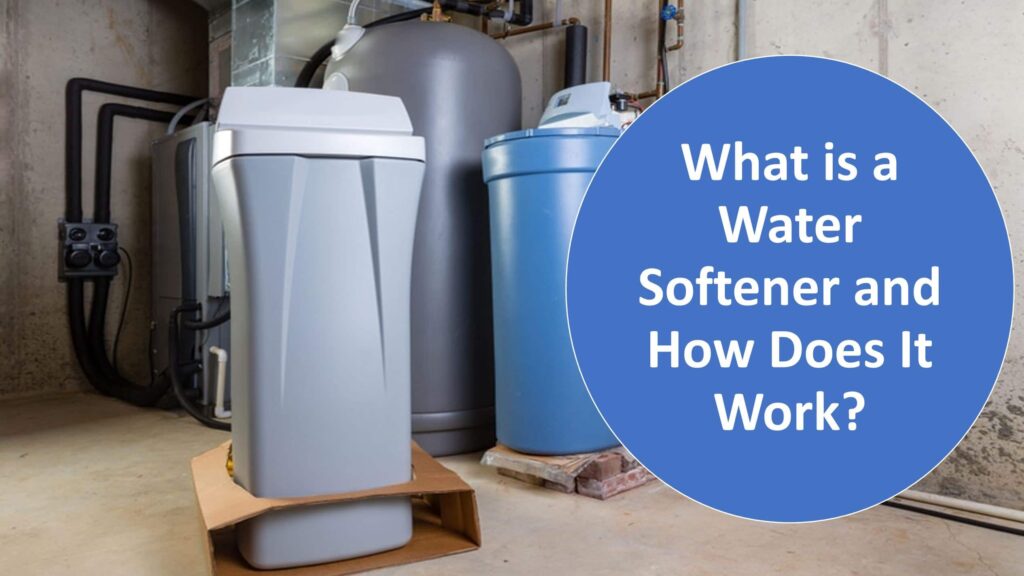In today’s guide, we’ll delve into the insidious world of hidden plumbing leaks, equipping you with the knowledge and tools necessary to identify, address, and prevent these stealthy water intrusions. From understanding the causes and signs of hidden leaks to mastering detection techniques and implementing effective prevention strategies, we’ll cover all you need to know to safeguard your home or business against the damaging effects of water damage.
What is a Hidden Plumbing Leak?
Hidden plumbing leaks are clandestine water leaks that occur within the infrastructure of a building, often concealed within walls, floors, or ceilings. Unlike overt leaks that manifest as visible drips or puddles, hidden leaks evade immediate detection, posing a significant threat to property integrity and occupant health. These leaks can originate from various sources, including deteriorating pipes, faulty fittings, or compromised seals, and may result in structural damage, mold growth, and water wastage if left unchecked.
Causes of Hidden Plumbing Leaks
- Numerous factors can contribute to the development of hidden plumbing leaks, each presenting unique challenges to leak detection and mitigation.
- Aging plumbing infrastructure, corrosion, high water pressure, improper installation practices, and seasonal temperature fluctuations are among the primary culprits behind hidden leaks.
- Identifying the root cause of a leak is essential for implementing effective repair and prevention strategies, thereby minimizing the risk of recurrence and associated damage.
Signs of a Hidden Plumbing Leak
Recognizing the subtle signs of a hidden plumbing leak is paramount to early detection and intervention. While these leaks may evade visual detection, they often manifest through secondary indicators such as musty odors, damp spots on walls or ceilings, unexplained increases in water bills, or the sound of running water when no fixtures are in use. By remaining vigilant and attuned to these warning signs, property owners can mitigate the potential consequences of hidden leaks and preserve the integrity of their structures.
How to Detect a Hidden Plumbing Leak
Uncovering a hidden plumbing leak requires a systematic approach and the utilization of specialized tools and techniques. Visual inspection of plumbing fixtures, walls, and ceilings may reveal visible signs of water damage or moisture intrusion, while auditory assessment can help pinpoint the location of concealed leaks based on sound cues. Additionally, advanced detection methods such as thermal imaging, moisture meters, and acoustic listening devices can facilitate the identification of hidden leaks with precision and accuracy.
Tools Needed to Detect a Hidden Plumbing Leak
Equipping oneself with the appropriate tools and equipment is essential for effective detection and diagnosis of hidden plumbing leaks. Basic tools such as flashlights, plumber’s tape, and screwdrivers are indispensable for visual inspections and minor repairs, while more advanced instruments such as moisture meters, thermal cameras, and electronic leak detectors enable thorough assessment and localization of concealed leaks. By investing in quality tools and staying abreast of technological advancements in leak detection technology, property owners can enhance their ability to detect and address hidden leaks promptly.
How to Fix a Hidden Plumbing Leak
- Once a hidden plumbing leak has been identified, prompt remediation is essential to prevent further damage and mitigate associated risks.
- The appropriate repair method will depend on the nature and severity of the leak, as well as its location within the plumbing system.
- Common repair techniques may include patching or replacing damaged pipes, tightening loose fittings, sealing leaks with epoxy or sealant, or reconfiguring plumbing connections to improve integrity and performance.
- In cases where the leak is inaccessible or requires specialized expertise, enlisting the services of a licensed plumber is advisable to ensure thorough and lasting repairs.
Prevention Tips for Hidden Plumbing Leaks
While detecting and repairing hidden plumbing leaks is essential, proactive prevention measures can help minimize the likelihood of future leaks and their associated consequences. Implementing a comprehensive maintenance regimen, including regular inspections, proactive leak detection, and timely repairs, is paramount to preserving plumbing system integrity and minimizing the risk of hidden leaks. Additionally, measures such as installing water leak detection devices, maintaining adequate insulation, monitoring water pressure, and avoiding excessive strain on plumbing fixtures can further reduce the risk of leaks and promote long-term system reliability.
Common Myths About Hidden Plumbing Leaks
Dispelling misconceptions and myths surrounding hidden plumbing leaks is essential for fostering informed decision-making and effective leak management practices. Common misconceptions may include beliefs that all leaks are immediately visible or that minor leaks pose no significant threat to property integrity. In reality, hidden leaks can result in extensive structural damage, mold growth, and financial losses if left unaddressed, underscoring the importance of proactive leak detection and remediation efforts.
Importance of Professional Plumbing Services
While DIY repairs have their place, certain plumbing issues, particularly hidden leaks, may require the expertise and specialized equipment of professional plumbers. Licensed plumbers possess the knowledge, experience, and technical proficiency necessary to diagnose and address hidden leaks effectively, minimizing disruption to property occupants and ensuring comprehensive leak remediation. By enlisting the services of a qualified plumbing professional, property owners can enjoy peace of mind knowing that their plumbing system is in capable hands and that hidden leaks will be promptly and proficiently addressed.
In conclusion, hidden plumbing leaks pose a significant risk to property integrity, occupant health, and financial well-being. By understanding the causes and signs of hidden leaks, mastering detection techniques, and implementing proactive prevention strategies, property owners can safeguard their homes or businesses against the damaging effects of water damage. Remember, early detection and intervention are key to mitigating the consequences of hidden leaks and preserving the long-term integrity of your plumbing system.


